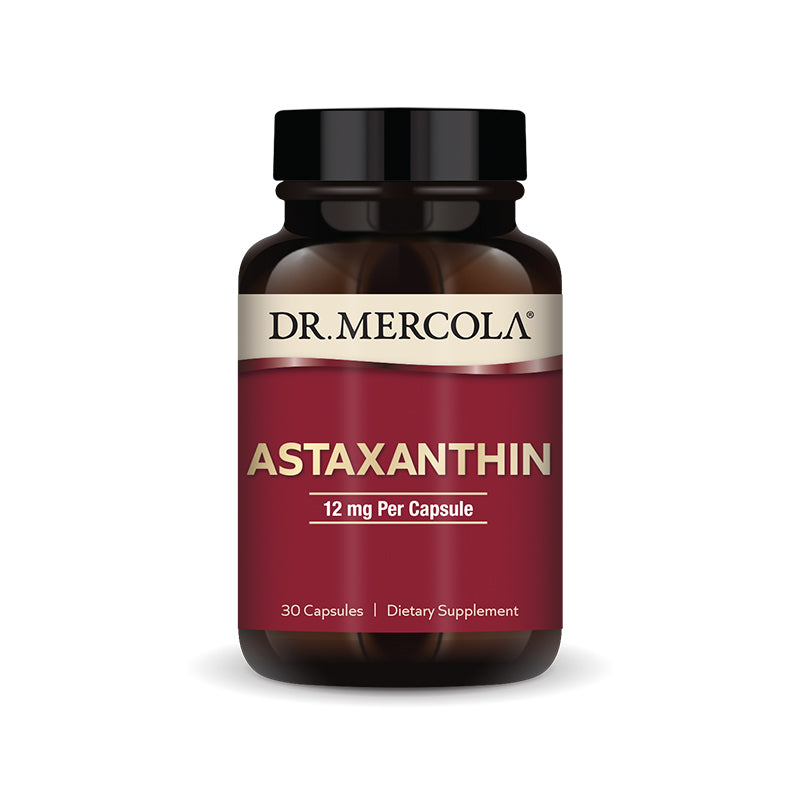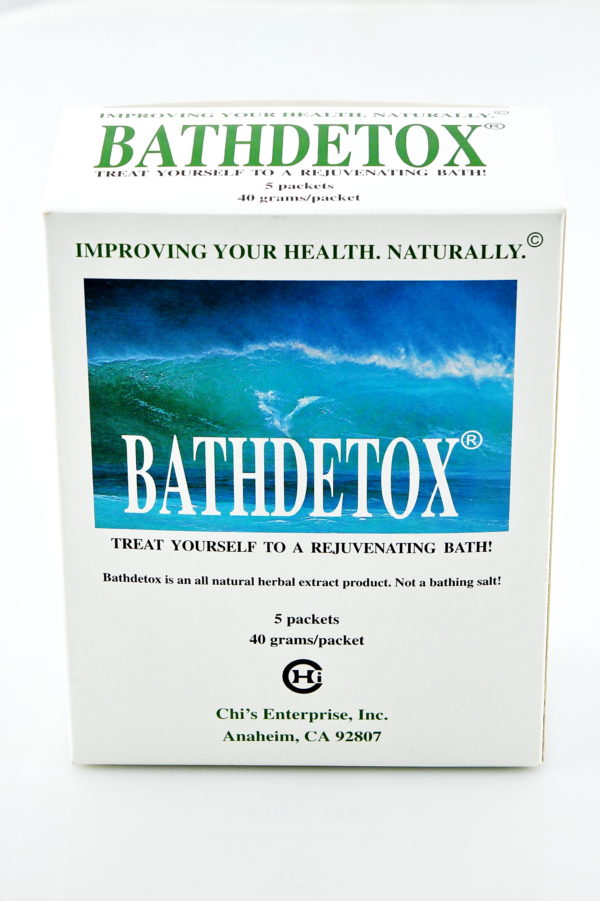Buffered Vitamin C - Depke Wellness
- Regular price $29.60
-
-%
Couldn't load pickup availability
- No EU import duties.
- Ships within 1-2 business days.
- Ships in our fully recyclable and biodegradable signature boxes.
Hand-wash warm. Tumble dry low. This product has been washed at the factory after sewing to minimize fabric shrinkage.
Guarantee safe checkout

Buffered Vitamin C - Depke Wellness
Buffered Vitamin C - Depke Wellness
FUNCTIONS
Vitamin C (ascorbic acid) has numerous biological functions. Foremost, it is essential for the synthesis of collagen and glycosaminoglycans which are the building materials of all connective tissues, such as skin, blood vessels, tendons, joint cartilage and bone. Vitamin C is the required coenzyme for two groups of enzymes that catalyze the crosslinking of collagen fibers, lysyl hydroxylases and prolyl hydroxylases. As such, vitamin C is essential for normal wound healing and capillary health. Vitamin C participates in the biosynthesis of carnitine, serotonin, and certain neurotransmitters, including norepinephrine. Vitamin C is among the most powerful antioxidants in humans and animals. It is a water-soluble, chain- breaking antioxidant that reacts directly with superoxide, hydroxyl radicals, and singlet oxygen. Laboratory studies show that vitamin C completely protects lipids in plasma and low-density lipoprotein (LDL) against atherogenic peroxidative damage. In addition, vitamin C interacts with glutathione and alpha-lipoic acid, and regenerates vitamin E. The antioxidant functions of vitamin C appear to have clinical significance in providing protection from free radical damage to the eyes, lungs, blood and the immune system. Vitamin C is absorbed in the small intestine by a sodium-dependent transport process that is intake- dependent. At normal dietary intakes of 60 to 100 mg, up to 80 or 90% of the vitamin C is absorbed. At higher intakes, absorption becomes less efficient. Absorption efficiency and vitamin C utilization may be greatly enhanced during conditions of physiological stress, such as trauma or infection. Maximal absorption is attained by the ingestion of several doses spaced throughout the day rather than in one, larger dose. Vitamin C is used up quickly during times of stress, which makes it helpful for adrenal fatigue. This is also very powerful for fighting infections and boosting your immune system, which is important because infections are a common trigger for adrenal fatigue. Also understand that your adrenal function will lead to weakened immune system function, so the vitamin C support would likely be helpful. Buffered Effer C helps reduce damage when exposed to certain toxins and actively helps remove some toxic metals, which is another common trigger for adrenal fatigue. This is helpful for adrenal fatigue, since toxins accumulate when you are stuck in a state of stress. Buffered Effer C is also very easy on the stomach lining compared to other forms of vitamin C.
INDICATIONS
Buffered Vitamin C may be a useful dietary supplement for those who wish to increase their daily intake of this important antioxidant vitamin, yet cannot tolerate the acidity of regular vitamin C preparations.
FORMULA
1 Teaspoon Contains Vitamin C(from mineral ascorbates).................................................................... 2350mg Calcium (ascorbate complex)................................................................................ 450mg Magnesium (ascorbate complex) .......................................................................... 250mg Potassium (ascorbate complex) .............................................................................. 99mg
SUGGESTED USE
Mix ½ to 1 teaspoon daily in 8 ounces of water, or as directed by physician.
SIDE EFFECTS
No adverse side effects have been reported.
STORAGE
Store in a cool, dry place, away from direct light. Keep out of reach of children.
REFERENCES
Alcaín FJ, Burón MI. Ascorbate on cell growth and differentiation. J Bioenerg Biomembr 1994;26:393-398. Ballmer PE, Reinhart WH, Jordan P, Bühler E, Moser UK, Gey KF. Depletion of plasma vitamin C but not of vitamin E in response to cardiac operations. J Thorac Cardiovasc Surg 1994;108:311-320. Barabás J, Nagy E, Degrell I. Ascorbic acid in cerebrospinal fluid--A possible protection against free radicals in the brain. Arch Gerontol Geriatr 1995;21:43-48. Bendich A, Langseth L. The health effects of vitamin C supplementation: A review. J Am Coll Nutr 1995;14:124-136. Beyer RE. The role of ascorbate in antioxidant protection of biomembranes: Interaction with vitamin E and coenzyme Q. J Bioenerg Biomembr 1994;26:349-358. Bielory L, Gandhi R. Asthma and vitamin C. Ann Allergy 1994;73:89-96. Cathcart RF, III. Vitamin C in the treatment of acquired immune deficiency syndrome (AIDS). Med Hypotheses 1984;14:423-433. Cunningham JJ, Mearkle PL, Brown RG. Vitamin C: An aldose reductase inhibitor that normalizes erythrocyte sorbitol in insulin-dependent diabetes mellitus. J Am Coll Nutr 1994;13:344-350. Eriksson J, Kohvakka A. Magnesium and ascorbic acid supplementation in diabetes mellitus. Ann Nutr Metab 1995;39:217-223. Faruque MO, Khan MR, Rahman M, Ahmed F. Relationship between smoking and antioxidant nutrient status. Br J Nutr 1995;73:625-632. Frei B. Reactive oxygen species and antioxidant vitamins: Mechanisms of action. Am J Med 1994;97 Suppl. 3A:5S-13S. Gale CR, Martyn CN, Winter PD, Cooper C. Vitamin C and risk of death from stroke and coronary heart disease in cohort of elderly people. BMJ 1995;310:1563-1566. Gerster H. Antioxidant vitamins in cataract prevention. Z Ernahrungswiss 1989;28:56-75. Ghosh SK, Ekpo EB, Shah IU, Girling AJ, Jenkins C, Sinclair AJ. A double-blind, placebo-controlled parallel trial of vitamin C treatment in elderly patients with hypertension. Gerontology 1994;40:268-272. Goldenberg H, Schweinzer E. Transport of vitamin C in animal and human cells. J Bioenerg Biomembr 1994;26:359-368. Green MHL, Lowe JE, Waugh APW, Aldridge KE, Cole J, Arlett CF. Effect of diet and vitamin C on DNA strand breakage in freshly-isolated human white blood cells. Mutat Res DNAging Genet Instability Aging 1994;316:91- 102. Harakeh S, Jariwalla RJ. Comparative study of the anti-HIV activities of ascorbate and thiol-containing reducing agents in chronically HIV-infected cells. Am J Clin Nutr 1991;54:1231S-1235S. Hemilä H, Herman ZS. Vitamin C and the common cold: A retrospective analysis of Chalmers' review. J Am Coll Nutr 1995;14:116-123. Hennekens CH. Antioxidant vitamins and cancer. Am J Med 1994;97 Suppl. 3A:2S-4S. Jariwalla RJ, Harakeh S. Ascorbic Acid and AIDS: Strategic Functions and Therapeutic Possibilities. In: WATSON RR, ed. Nutrition and AIDS. Boca Raton: CRC Press, Inc. 1994:117-139. Johnston CS, Yen M-F. Megadose of vitamin C delays insulin response to a glucose challenge in normoglycemic adults. Am J Clin Nutr 1994;60:735-738. Khaw K-T, Woodhouse P. Interrelation of vitamin C, infection, haemostatic factors, and cardiovascular disease. BMJ 1995;310:1559-1563. Knekt P, Reunanen A, Järvinen R, Seppänen R, Heliövaara M, Aromaa A. Antioxidant vitamin intake and coronary mortality in a longitudinal population study. Am J Epidemiol 1994;139:1180-1189. Kodama M, Kodama T. Vitamin C and the genesis of autoimmune disease and allergy. In Vivo 1995;9:231- 238. Kodama M, Kodama T, Murakami M. Autoimmune disease and allergy are controlled by vitamin C treatment. In Vivo 1994;8:251-258. Lehr H-A, Frei B, Arfors K-E. Vitamin C prevents cigarette smoke-induced leukocyte aggregation and adhesion to endothelium in vivo. Proc Natl Acad Sci USA 1994;91:7688-7692. Mukhopadhyay CK, Chatterjee IB. Free metal ion-independent oxidative damage of collagen. Protection by ascorbic acid. J Biol Chem 1994;269:30200-30205. Paolisso G, Balbi V, Volpe C, et al. Metabolic benefits deriving from chronic vitamin C supplementation in aged non-insulin dependent diabetics. J Am Coll Nutr 1995;14:387-392. Sauberlich HE. Pharmacology of vitamin C. Annu Rev Nutr 1994;14:371-391. Seddon JM, Ajani UA, Sperduto RD, et al. Dietary carotenoids, vitamins A, C, and E, and advanced age- related macular degeneration. Eye Disease Case-Control Study Group. JAMA 1994;272:1413-1420. Winkler BS, Orselli SM, Rex TS. The redox couple between glutathione and ascorbic acid: A chemical and physiological perspective. Free Radic Biol Med 1994;17:333-349. Yokoyama T, Sasaki H, Giblin FJ, Reddy VN. A physiological level of ascorbate inhibits galactose cataract in guinea pigs by decreasing polyol accumulation in the lens epithelium: a dehydroascorbate-linked mechanism. Exp Eye Res 1994;58:207-218.
*These statements have not been evaluated by the Food and Drug Administration. These products are not intended to diagnose, treat, cure, or prevent any disease.









